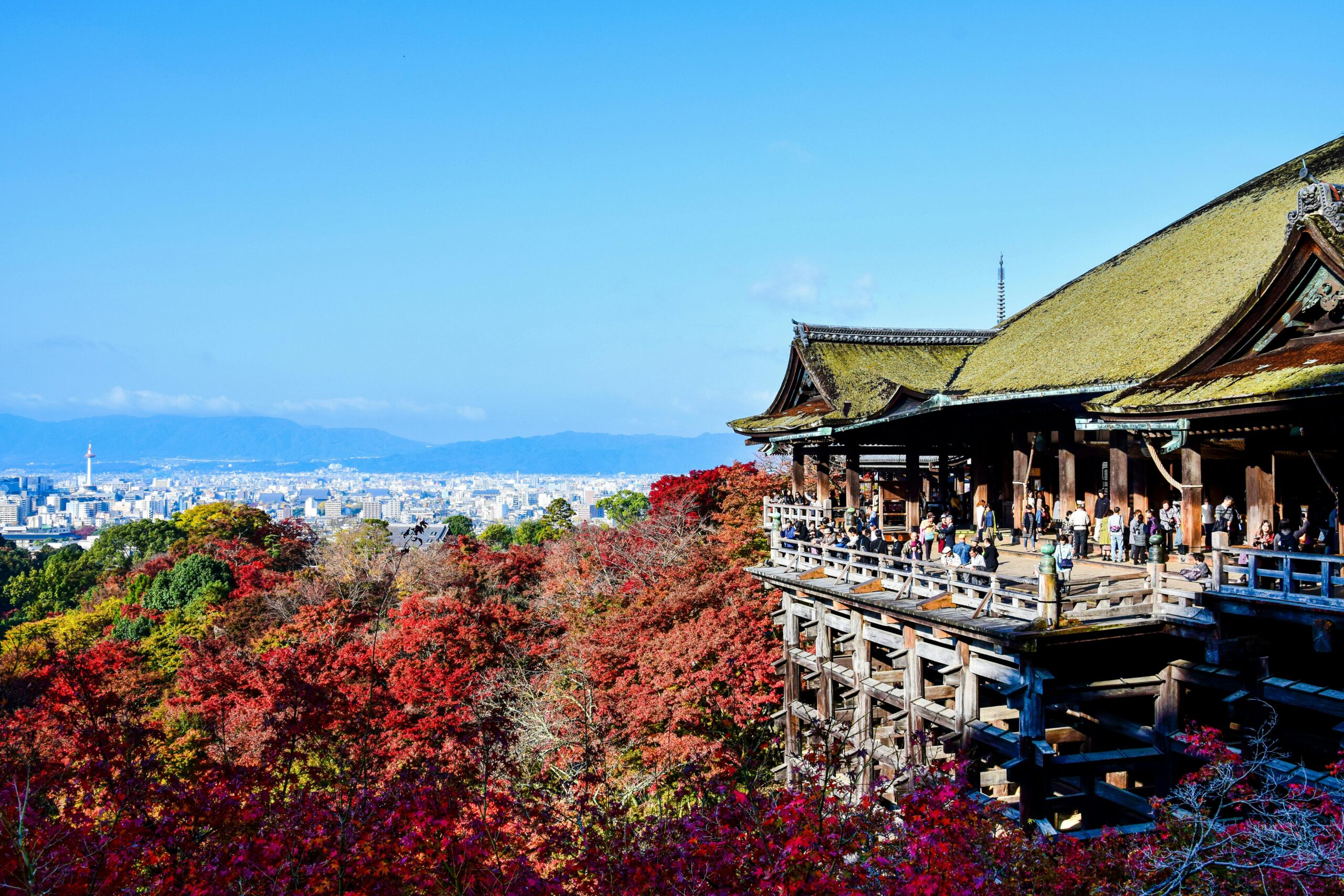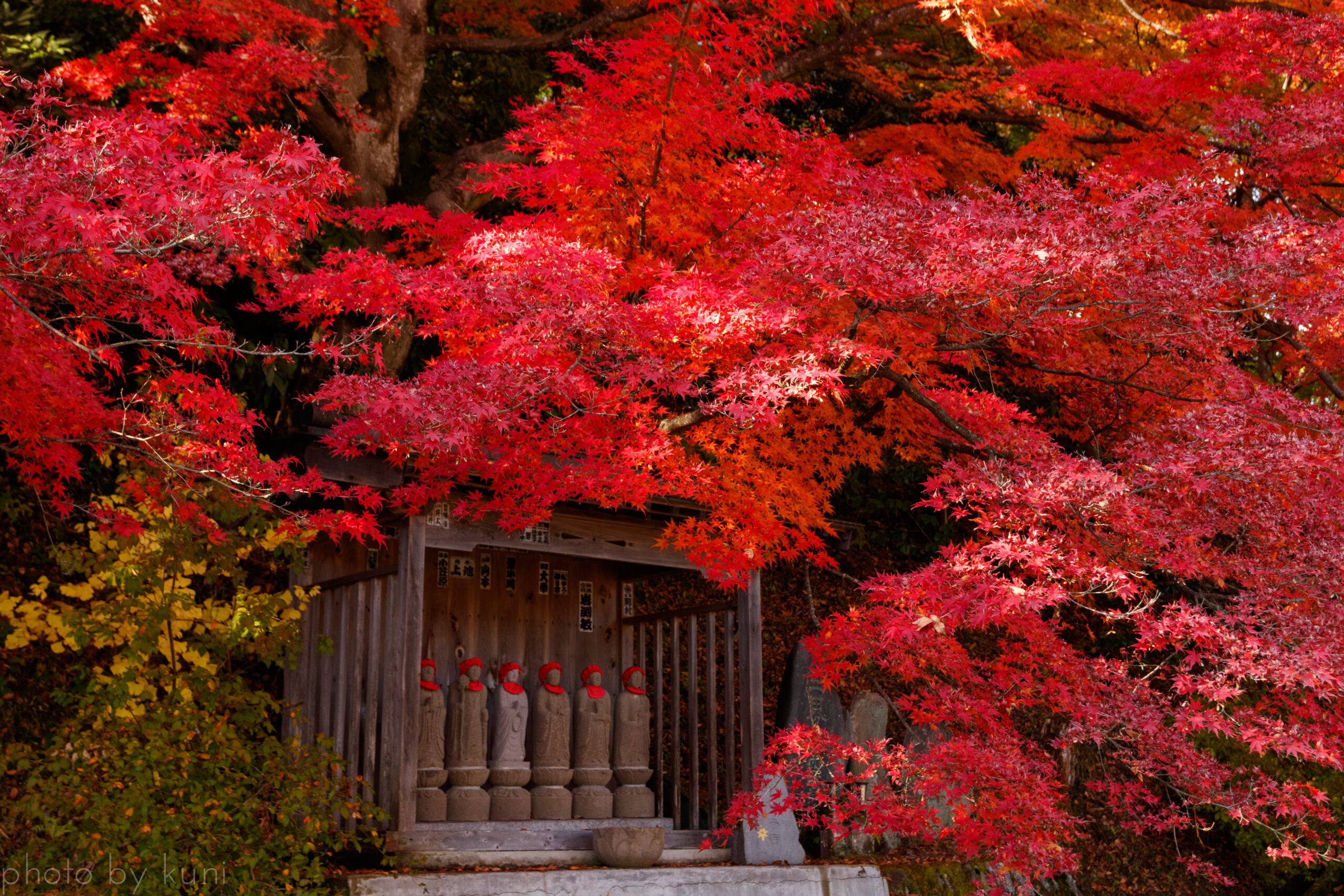Autumn in Japan is a season where nature and tradition meet in perfect harmony. From brilliant crimson and golden leaves to centuries-old festivals and seasonal foods, it is a time when Japanese culture can be felt at its deepest. For visitors and residents alike, autumn offers a chance to see the country’s traditions alive in the landscapes, flavors, and celebrations.
The Beauty of Autumn Leaves
Japan’s kōyō (紅葉) season is one of the most celebrated natural spectacles in the country. Starting in Hokkaido in late September and gradually moving south, the landscape transforms into a vibrant tapestry of red, orange, and gold.
- Kyoto’s temples like Tōfuku-ji and Kiyomizu-dera are framed by fiery maple leaves, creating postcard-perfect views.
- Nikko in Tochigi Prefecture and Hakone near Tokyo are famous for mountain landscapes where autumn colors blend with misty lakes and hot springs.
- Even within cities, avenues lined with ginkgo trees turn a brilliant yellow, offering a softer but equally impressive display.
Unlike the fleeting cherry blossoms of spring, autumn colors often last several weeks, giving travelers more time to plan their visits. The changing leaves are not just scenery — they reflect a cultural appreciation of nature’s cycles, deeply rooted in Japanese aesthetics like wabi-sabi (finding beauty in impermanence).

Festivals and Traditions of the Season
Autumn is also a season of gratitude and celebration in Japan, tied closely to the harvest. Many of the country’s most important traditional festivals are held in these months.
- Harvest Festivals (Niinamesai 新嘗祭): Traditionally, communities thank the gods for a bountiful harvest. Even today, local shrines hold ceremonies where offerings of rice, sake, and produce are presented.
- Kishiwada Danjiri Matsuri (Osaka): Teams pull massive wooden floats through the streets at exhilarating speeds — a lively contrast to the calm autumn scenery.
- Takayama Autumn Festival (Gifu): Known for its ornate floats decorated with karakuri ningyō (mechanical puppets), this UNESCO-recognized event blends artistry and devotion.
- Shichi-Go-San (七五三): Celebrated on November 15, families dress children aged three, five, and seven in traditional attire and visit shrines to pray for their growth and health.
These events show the balance between Japan’s spiritual connection to nature and its communal joy in seasonal change.
Seasonal Foods and Flavors
Autumn is often called shokuyoku no aki (食欲の秋), “the season of hearty appetites,” because of the abundance of seasonal foods.
- Matsutake mushrooms: A rare delicacy, prized for their rich aroma, often served in rice or clear broth.
- Chestnuts (kuri 栗): Found in sweets such as kuri manju or Mont Blanc-style desserts, and also in savory rice dishes.
- Sweet potatoes: Roasted yaki-imo vendors appear on street corners, their smoky fragrance filling the evening air.
- Persimmons (kaki 柿): Bright orange fruits enjoyed fresh, dried (hoshigaki), or used in wagashi (traditional sweets).
- Pacific saury (sanma 秋刀魚): A symbol of autumn dining, often simply salted and grilled to highlight its flavor.
Food in autumn is not only about taste but about celebrating the season’s gifts, connecting people to the land and its cycles.
Learn more about the Japanese autumnal dishes and specialties in this next article : Autumn Foods in Japan : What to Eat and Where to Find Them.
Regional Highlights of Autumn
Different regions of Japan reveal their own unique autumn character:
- Kyoto – The historical capital glows with temple gardens illuminated at night, reflecting fiery maple leaves in ponds.
- Nikko (Tochigi) – Famous for its UNESCO World Heritage shrines framed by mountain foliage.
- Hakone (Kanagawa) – Visitors can soak in hot springs while admiring views of Mt. Fuji with autumn colors.
- Arashiyama (Kyoto) – Known for its bamboo grove, but in autumn the surrounding hillsides burn with red maples.
- Tohoku region – Remote onsens like Nyūtō Onsen offer the magical experience of bathing outdoors beneath golden leaves.
Each destination provides not only a visual feast but also cultural encounters — from traditional inns and tea ceremonies to local autumn cuisine.
The Spirit of Autumn in Japan
Beyond festivals and scenery, autumn in Japan is a season that embodies reflection, gratitude, and renewal. Nature’s transformation inspires people to appreciate the fleeting beauty around them, while traditions remind communities of their connection to history and harvest. Whether strolling beneath golden ginkgo trees, savoring roasted sweet potatoes, or joining a lively festival, autumn offers a chance to step into the rhythm of Japanese culture.
For visitors, it is more than just a season — it is an invitation to experience Japan’s seasons of tradition, where beauty and culture flow together in harmony.

